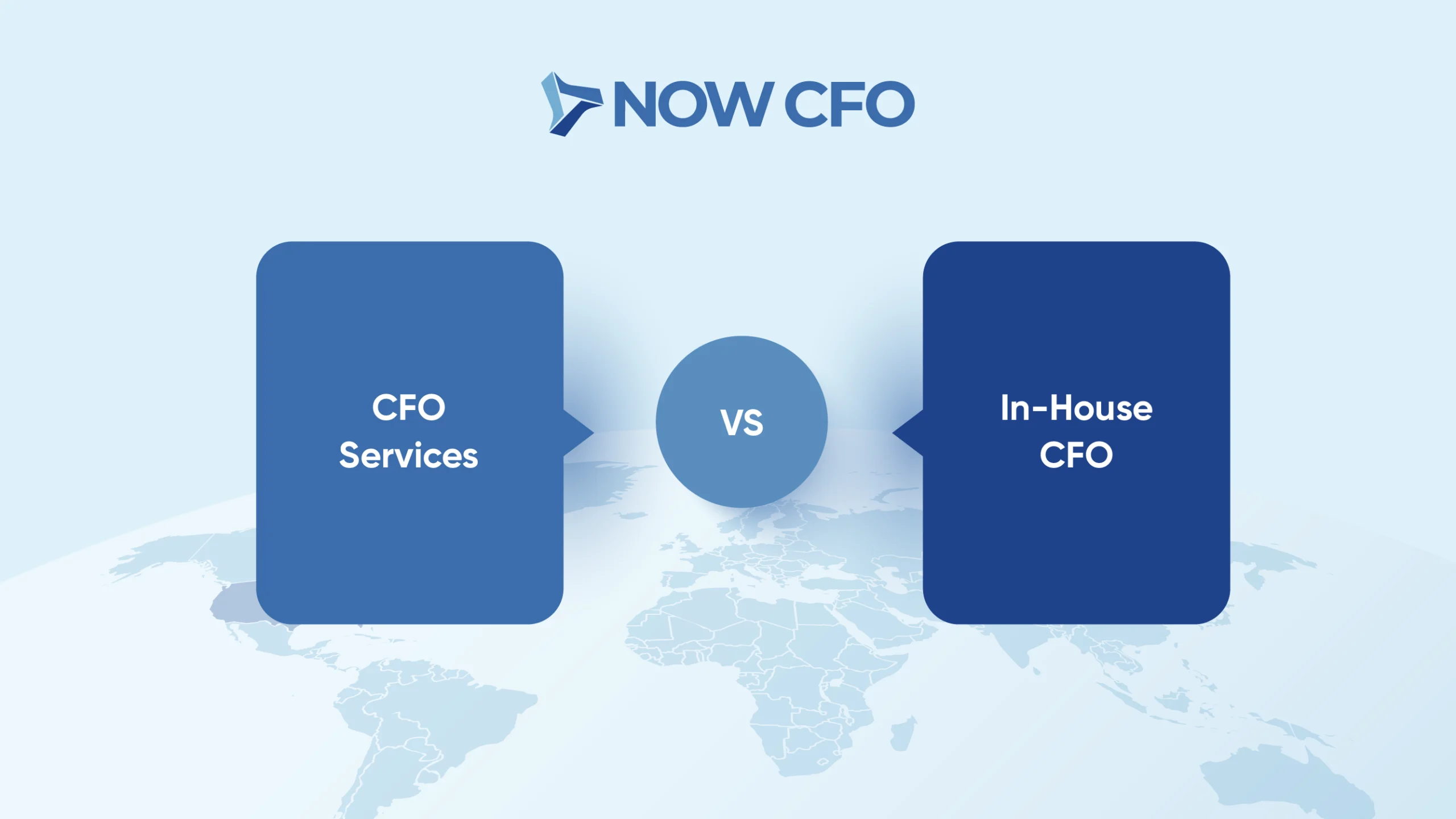
In the world of business finance, solvency is a term that often surfaces, especially in discussions about the long-term viability of a company. Understanding what solvency is, how to measure it, and why it’s crucial for the health of a business is fundamental for you, the business owner.
Definition of Solvency
Solvency refers to a company’s ability to meet its long-term financial obligations. Essentially, it indicates a company’s financial health, signifying whether its assets are sufficient to cover its liabilities. Unlike liquidity, which focuses on short-term obligations, solvency concerns the longer term. A solvent company can maintain operations and fulfill its financial commitments over time despite adversities.
Why Solvency Matters
For business owners, maintaining solvency is essential for several reasons:
- Long-Term Viability: It ensures that business can sustain operations and grow over the long term.
- Investor and Lender Confidence: Solvent companies are more likely to attract investors and receive favorable terms from lenders.
- Risk Management: Understanding solvency helps business owners identify financial risks and take proactive steps to mitigate them.
Measuring Solvency: Key Ratios
Several financial ratios can help determine a company’s solvency. These ratios provide insights into the relationship between your company’s debts and its assets or income, painting a picture of its ability to endure financial challenges.
1. Debt-to-Equity Ratio: This ratio compares a company’s total liabilities to its shareholders’ equity. It indicates what proportion of equity and debt the company uses to finance its assets. A lower debt-to-equity ratio usually implies a more financially stable company.
2. Interest Coverage Ratio: This ratio shows how easily a company can pay interest on its outstanding debt and is a direct indicator of its ability to meet debt obligations without straining its operations.
3. Equity Ratio: This ratio indicates the proportion of a company’s total assets that are financed by shareholders’ equity. A higher equity ratio suggests a more solvent company.
4. Debt Ratio: This measures the proportion of a company’s assets that are financed through debt. A lower debt ratio typically indicates a stronger solvency position.
Interpreting the Ratios
Interpreting these ratios involves understanding industry standards and the specific context of your business. A good solvency ratio in one industry might not be the same in another. Moreover, these ratios should be analyzed over time to identify trends, rather than relying on a one-time assessment.
Improving Solvency
If the solvency ratios indicate potential issues, business owners should take steps to improve their company’s financial health. This can include:
- Reducing Debt: Paying down debt can lower both the debt-to-equity and debt ratios.
- Increasing Income: Boosting profits through increased sales or cost-cutting measures can improve the interest coverage ratio.
- Asset Management: Selling non-essential assets to reduce liabilities or investing in assets that generate income can improve solvency.
Given the complexities involved in calculating and interpreting solvency ratios, professional guidance from financial experts such as NOW CFO consultants can be invaluable. Our accountants and financial advisors can provide detailed analysis and tailored strategies to maintain or improve solvency. By regularly monitoring solvency ratios and understanding their implications, you can make informed decisions to steer your company toward financial stability and growth. Remember, solvency doesn’t just signify survival; it’s indicative of a business’s capacity to thrive in the competitive world of commerce.














